Gyeongju National Museum, a treasure trove of Silla’s millennium ruins
Hello, Gyeongju, which is about an hour’s drive from Busan, is a tourist attraction loved by tourists as a royal road of the millennium Silla. Among them, wouldn’t Gyeongju National Museum, which shows the long history of Silla, be an essential tourist destination for Gyeongju tourism?
- Gyeongju National Museum
- Gyeongju National Museum
The Gyeongju National Museum, where various relics from the Silla Dynasty are displayed, has a total area of 2,000 pyeong, including the Silla History Museum, the Shilla Museum, the Wolji Museum, the Special Exhibition Hall, the outdoor garden, and the Bell of King Seongdeok.
Shilla History Museum, main building of Gyeongju Museum
- Gyeongju National Museum
- Gyeongju National Museum
<Silla History Museum Room 1>
- Gyeongju National Museum
- Gyeongju National Museum
- Gyeongju National Museum
- Gyeongju National Museum
- Gyeongju National Museum
- Gyeongju National Museum
- Gyeongju National Museum
- Gyeongju National Museum
<Silla History Museum Room 2>
- Gyeongju National Museum
- Gyeongju National Museum
- Gyeongju National Museum
- Gyeongju National Museum
- Gyeongju National Museum
- Gyeongju National Museum
- Gyeongju National Museum
- Gyeongju National Museum
- Gyeongju National Museum
- Gyeongju National Museum
- Gyeongju National Museum
<Silla History Museum Room 3>
- Gyeongju National Museum
- Gyeongju National Museum
- Gyeongju National Museum
- Gyeongju National Museum
<Silla History Museum Room 4>
- Gyeongju National Museum
- Gyeongju National Museum
- Gyeongju National Museum
- Gyeongju National Museum
- Gyeongju National Museum
- Gyeongju National Museum
- Gyeongju National Museum
- Gyeongju National Museum
The Silla History Museum, which is the main building of the Gyeongju Museum, exhibits various relics under the themes of the founding and growth of Silla in Room 1, the golden kingdom in Room 2, the kingdom of strong kings in Room 3, and the prosperity and fall of Shilla in Room 4. In particular, exhibition room 2 is filled with various golden relics and Silla earthenware excavated from the southern tomb of Hwangnamdaechong, Cheonmachong, and Geumgwanchong in downtown Gyeongju.
<Shilla Art Museum>
- Gyeongju National Museum
- Gyeongju National Museum
- Gyeongju National Museum
- Gyeongju National Museum
In addition, the two-story Silla Museum of Art displays various stone Buddhas from various parts of Gyeongju, including Gyeongju and Namsan, and on the second floor, Hwangnyongsa Temple, known as the largest temple among Silla temples, is reproduced. Woljigwan exhibits relics excavated from the Imhaejeon Pond, which was built as the palace of the royal palace after the unification of the three kingdoms.
<Wolji Hall>
- Gyeongju National Museum
- Gyeongju National Museum
- Gyeongju National Museum
- Gyeongju National Museum
In addition, the outdoor garden displays King Seongdeok’s Bell, Stone Buddha, and Stone Pagoda at the site of Goseonsa Temple, which are famous for the Emile Bell, and the King Seongdeok’s Bell, located on the right side of the museum’s main gate, is designated as National Treasure No. 29.
King Seongdeok’s Bell (National Treasure No. 29) hanging in the garden yard of Gyeongju Museum.
- Gyeongju National Museum
- Gyeongju National Museum
- Gyeongju National Museum
- Gyeongju National Museum
King Seongdeok’s Bell (also known as Emile Bell), which hangs in the garden of the museum, began to be cast to commemorate the death of King Gyeongdeok of Silla’s 35th king, but after repeated failures, King Hyegong succeeded his father and completed in 771. The surface of the bell is carved with non-ceremonies and lotus-patterned reliefs, and a sad legend has been passed down in this bell.
One night, when the bell was completed and the same result was repeated several times, he heard, “If you melt a child born in Yongnyeon, Yongnyeon, Moon, Jinil, and Jingak with the bell, the spirit dwells in the bell and makes a sound.” He threw a young girl into the boiling crucible to complete the bell, and In the sound of the bell, a low and very sad cry of ‘Emi-ya’ was heard, and it is said that the bell was also called Emil-le Bell.
It takes a lot of time to see all the artifacts in the Gyeongju Museum, so if you don’t have enough time, it’s worth taking a look around the museum’s main building, the Silla History Museum.
| Basic information | |
|---|---|
| Name | Gyeongju National Museum 국립경주박물관 |
| Address | 76 Inwang-dong, Gyeongju-si, Gyeongsangbuk-do (Road name Address: 186, Jeongil-ro) 경상북도 경주시 인왕동 76(도로명Address:일정로 186) |
| Telephone | 054-740-7500 |
| business hours | Weekdays) 10:00 to 18:00 (Sat) 10:00 to 19:00 January to February, 10:00 to 21:00 March to December, and 10:00 to 19:00 (Sun/Holiday) (Culture Day every Month Last Wednesday of every month) 10:00-21:00 |
| Closed day | 1/1. On the day of Lunar New Year, Chuseok day. |
| Admission Fees | Free |
| Site | http://gyeongju.museum.go.kr |
How to go: Take buses 11, 600, and 603 at Gyeongju Station or Bus Terminal.

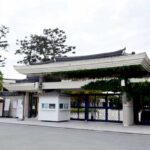
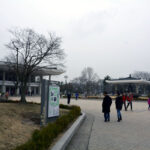
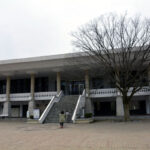
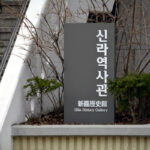
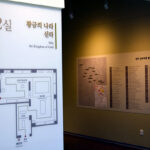
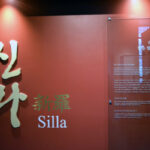
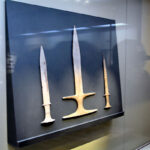
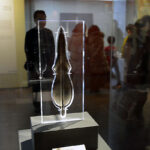
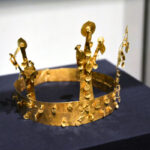
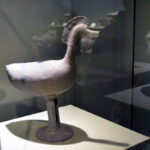
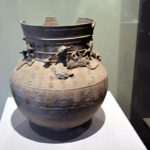
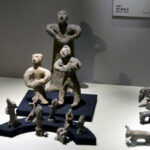
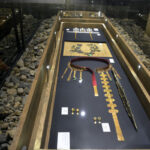
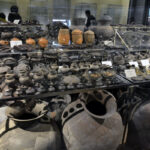
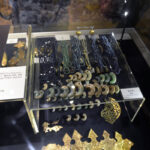
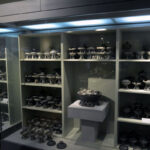
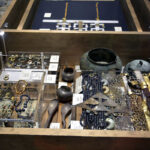
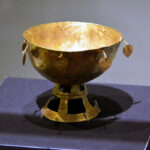
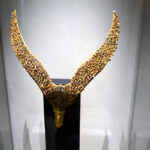
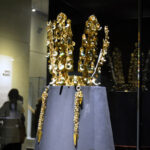
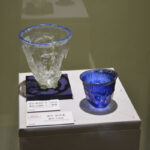
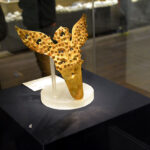
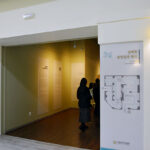
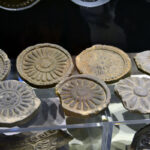
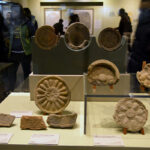
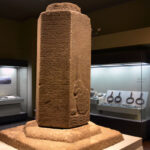
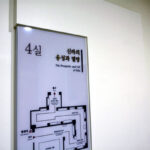
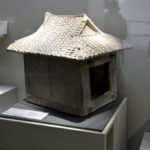
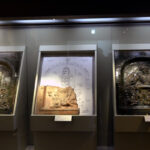
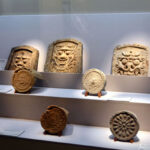

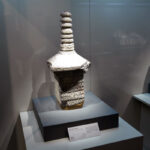
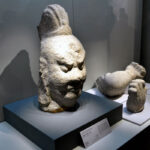
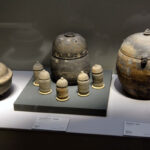
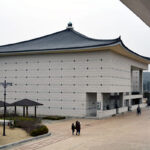
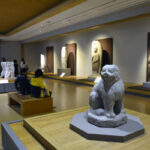
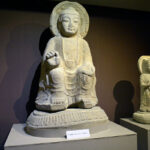
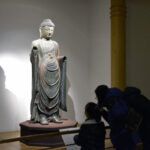
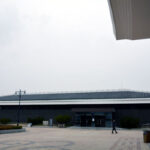
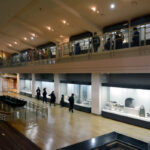
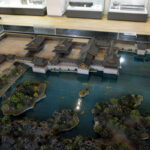
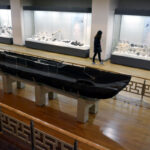
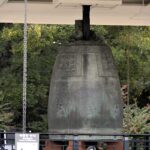
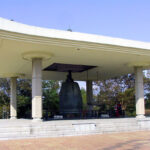
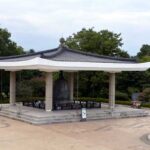
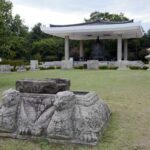
Comments